Home>Gardening & Outdoor>Plant Care & Gardening Tips>When To Plant Wildflower Seeds In Indiana
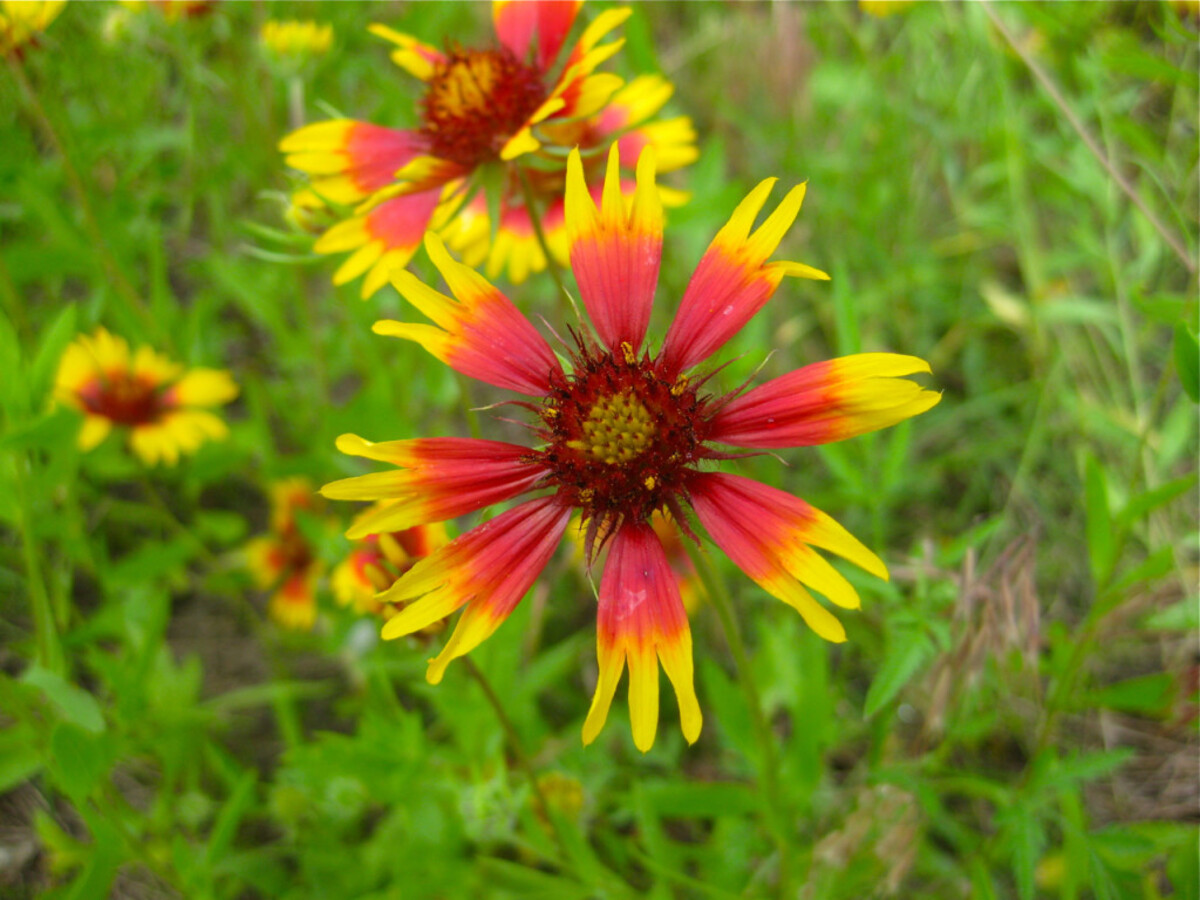

Plant Care & Gardening Tips
When To Plant Wildflower Seeds In Indiana
Modified: May 6, 2024
Discover the best time to plant wildflower seeds in Indiana with expert plant care and gardening tips. Create a vibrant garden with our helpful advice.
(Many of the links in this article redirect to a specific reviewed product. Your purchase of these products through affiliate links helps to generate commission for Storables.com, at no extra cost. Learn more)
Introduction
Welcome to the enchanting world of wildflowers! Whether you're a seasoned gardener or just beginning your horticultural journey, the allure of wildflowers is undeniable. These vibrant and free-spirited blooms not only add a pop of color to any landscape but also play a crucial role in supporting local ecosystems and wildlife.
In the beautiful state of Indiana, the diverse landscapes offer an ideal canvas for cultivating a stunning wildflower garden. From the rolling hills of southern Indiana to the picturesque dunes along Lake Michigan, the state's varying climates and soil types provide a rich tapestry for wildflowers to thrive.
In this comprehensive guide, we will delve into the fascinating realm of wildflowers, exploring the best practices for planting and caring for these captivating blooms in the Hoosier State. From understanding the unique climate and soil conditions of Indiana to selecting the perfect wildflower seeds and nurturing your blossoms to full bloom, this guide will equip you with the knowledge and confidence to create a breathtaking wildflower haven in your own backyard.
So, grab your gardening gloves and get ready to embark on a wildflower adventure that will not only elevate the beauty of your outdoor space but also contribute to the preservation of Indiana's natural splendor. Let's sow the seeds of knowledge and watch as the vibrant petals of wildflowers unfurl before our eyes, painting the landscape with nature's own masterpiece.
Key Takeaways:
- Embrace Indiana’s diverse climate and soil conditions to create a thriving wildflower garden. Choose native seeds, plant in spring or fall, and care for blooms to support local biodiversity.
- Planting wildflowers in Indiana is a joyful act of harmony with nature. Prepare the site, sow seeds in spring or fall, and nurture blooms for a vibrant, resilient garden.
Read more: When To Plant Grass Seed In Indiana
Understanding Wildflowers
Wildflowers, also known as native flowers, are a diverse group of flowering plants that grow in the wild without human intervention. These resilient blooms have adapted to thrive in various ecosystems, from open prairies and woodlands to meadows and roadside verges. What sets wildflowers apart is their ability to flourish in their natural habitats, often with minimal care and maintenance.
Unlike cultivated garden flowers, wildflowers have evolved over time to withstand the challenges of their specific environments. They have developed unique mechanisms for seed dispersal, water retention, and pest resistance, making them well-suited for survival in the wild. Their adaptability and resilience make them an excellent choice for sustainable and low-maintenance landscaping.
Wildflowers play a vital role in supporting local biodiversity by providing nectar and pollen for bees, butterflies, and other pollinators. Their presence in the ecosystem contributes to the overall health and stability of natural habitats. In addition to their ecological importance, wildflowers also offer a visual feast, adorning landscapes with a kaleidoscope of colors and textures.
When incorporating wildflowers into your garden, it’s essential to consider their native range and habitat requirements. By selecting species that are indigenous to your region, you can create a thriving ecosystem that complements the natural landscape. Understanding the specific needs and growth habits of wildflowers will empower you to create a harmonious and sustainable garden that celebrates the beauty of native flora.
Whether you’re drawn to the delicate petals of the purple coneflower or the cheerful blooms of the black-eyed Susan, wildflowers invite you to embrace the untamed beauty of the natural world. As we continue our journey through this guide, we’ll explore the best practices for cultivating wildflowers in the unique climate and soil conditions of Indiana, ensuring that your garden becomes a sanctuary for these captivating and resilient blooms.
Climate and Soil Conditions in Indiana
Indiana’s diverse climate and soil types create a dynamic environment for gardening and horticulture. The state experiences a blend of continental and humid subtropical climates, characterized by warm summers, cold winters, and ample precipitation throughout the year. Understanding the nuances of Indiana’s climate is essential for selecting the right wildflower species and ensuring their successful growth and bloom.
When it comes to soil, Indiana showcases a range of soil types, including loamy, clayey, and sandy soils. The composition of soil varies across the state, influenced by factors such as topography, drainage patterns, and geological history. Whether you’re gardening in the fertile plains of central Indiana or the hilly terrains of the southern region, it’s crucial to assess the soil composition and structure to provide an optimal growing environment for wildflowers.
For wildflowers to thrive, it’s important to choose species that are well-suited to Indiana’s climate and soil conditions. Native wildflowers, in particular, have evolved to adapt to the specific environmental factors of the region, making them resilient and well-equipped to flourish in local landscapes. By aligning your plant selection with the natural conditions of Indiana, you can create a sustainable and thriving wildflower garden.
Understanding the microclimates within your specific gardening area is also key to successful wildflower cultivation. Factors such as sunlight exposure, wind patterns, and moisture levels can vary within a single garden, impacting the growth and performance of different wildflower species. By observing these microclimates and selecting plant varieties that match their respective conditions, you can optimize the success of your wildflower garden.
As we prepare to sow the seeds of wildflowers in the fertile soils of Indiana, it’s essential to consider the unique climate and soil characteristics of the region. By embracing the natural diversity of Indiana’s landscapes and tailoring our gardening practices to suit its specific conditions, we can create a tapestry of wildflowers that not only thrives but also contributes to the preservation of the state’s rich ecological heritage.
Best Time to Plant Wildflower Seeds
Timing is crucial when it comes to planting wildflower seeds in Indiana. The optimal timing for sowing wildflower seeds largely depends on the specific species and the prevailing climate in different regions of the state. Understanding the seasonal rhythms and weather patterns will guide you in determining the best time to embark on your wildflower planting journey.
In Indiana, early spring and late fall are generally considered the best seasons for sowing wildflower seeds. Early spring planting takes advantage of the moist, cool conditions, allowing the seeds to germinate and establish strong root systems before the onset of summer heat. Late fall planting, on the other hand, mimics the natural dispersal of wildflower seeds by taking advantage of the cool temperatures and ample moisture of the season.
For spring planting, aim to sow the seeds as soon as the soil can be worked, typically in late March to early April, depending on the region. This timing aligns with the natural growth cycle of many wildflower species, giving them a head start in their establishment. Selecting seeds that are native to Indiana and suited to its climate will further enhance the success of your spring planting efforts.
Late fall planting, often referred to as dormant seeding, involves sowing the seeds after the first frost but before the ground freezes. This allows the seeds to undergo a period of cold stratification, a natural process that breaks seed dormancy and prepares them for germination in the following spring. Dormant seeding is particularly beneficial for wildflowers that require this cold treatment to initiate their growth cycle.
When planning your wildflower garden, consider the specific needs of the chosen species and the prevailing climate in your area. Some wildflowers may thrive with a single planting, while others may benefit from both spring and fall sowings to maximize their chances of successful establishment.
By aligning your wildflower planting schedule with the natural rhythms of Indiana’s seasons, you can create an environment that nurtures the growth and bloom of a diverse array of native wildflowers. As we prepare to sow the seeds of color and vitality across the Indiana landscape, let’s embrace the seasonal dance of nature and cultivate a flourishing tapestry of wildflowers that celebrates the beauty of each passing season.
Choosing the Right Wildflower Seeds
When embarking on your wildflower gardening journey in Indiana, selecting the right seeds is a pivotal step in creating a vibrant and sustainable floral haven. With a myriad of wildflower species to choose from, each offering unique colors, shapes, and growth habits, the process of choosing the right seeds becomes an exciting exploration of botanical diversity and ecological harmony.
Native wildflower seeds, sourced from species that naturally occur in Indiana and the surrounding regions, are an ideal choice for creating a resilient and ecologically sound wildflower garden. These native species have evolved to thrive in the specific climate, soil, and environmental conditions of the region, making them well-suited for sustainable landscaping and supporting local biodiversity.
When selecting wildflower seeds, consider the natural habitats and growing conditions of the intended planting site. Indiana’s diverse landscapes, encompassing woodlands, prairies, and wetlands, offer a wide range of microclimates and soil types, each conducive to specific wildflower species. By matching the seed selection to the site’s unique characteristics, you can create a thriving and harmonious wildflower garden.
Another aspect to consider when choosing wildflower seeds is the bloom time and duration of the selected species. By incorporating a mix of early, mid-season, and late-blooming wildflowers, you can create a continuous display of color and nectar sources for pollinators throughout the growing season. This not only adds visual interest to the garden but also supports the vital role of pollinators in the ecosystem.
Furthermore, selecting a diverse array of wildflower species promotes resilience and adaptability within the garden, reducing the risk of monoculture and enhancing overall ecosystem health. A well-balanced mix of annuals, biennials, and perennials creates a dynamic and sustainable wildflower community, enriching the landscape with a tapestry of textures, heights, and floral scents.
As you embark on the adventure of choosing the right wildflower seeds for your Indiana garden, let your imagination soar and your ecological consciousness guide you. Embrace the diversity of native flora, celebrate the unique attributes of each species, and envision a tapestry of wildflowers that not only captivates the eye but also nurtures the intricate web of life within the Hoosier State.
Plant wildflower seeds in Indiana in the early spring or late fall for best results. This allows the seeds to establish before the heat of summer or the cold of winter.
Read more: When Should I Plant Wildflower Seeds
Preparing the Planting Site
Creating an optimal planting site is a foundational step in establishing a thriving wildflower garden in Indiana. By preparing the soil, assessing sunlight exposure, and addressing potential challenges, you can lay the groundwork for a flourishing habitat that celebrates the beauty and resilience of native wildflowers.
Before sowing the seeds, it’s essential to evaluate the chosen planting site to ensure it meets the requirements of the selected wildflower species. Start by assessing the soil composition, drainage, and pH levels. Most wildflowers prefer well-drained soil with a slightly acidic to neutral pH, so amending the soil with organic matter or sand may be necessary to improve its texture and structure.
Next, consider the sunlight exposure in the area. While some wildflowers thrive in full sun, others prefer partial shade. Understanding the sunlight requirements of the chosen species will guide you in selecting the most suitable location within your garden for optimal growth and bloom.
Clearing the planting site of weeds, rocks, and debris is crucial to provide a clean and open space for the wildflower seeds to germinate and establish. Removing competing vegetation helps prevent nutrient competition and gives the wildflowers a better chance to thrive in their new environment.
If you’re creating a larger wildflower meadow or naturalizing a sizable area, consider techniques such as sheet mulching or solarization to suppress existing vegetation and create a favorable environment for the wildflower seeds to take root. These methods help smother weeds and prepare the ground for successful wildflower establishment.
As you prepare the planting site, envision the transformation that will unfold as the wildflowers emerge and bloom, painting the landscape with their vibrant hues and delicate forms. Embrace the process of nurturing the land and creating a welcoming space for native flora to thrive, knowing that your efforts will contribute to the preservation of Indiana’s natural heritage.
By tending to the details of soil preparation, sunlight assessment, and site clearing, you are laying the groundwork for a wildflower haven that will not only dazzle the senses but also provide essential support for local pollinators and wildlife. As we prepare the canvas for our wildflower masterpiece, let’s infuse the earth with care and intention, sowing the seeds of beauty and biodiversity in the heart of Indiana’s landscapes.
Planting Wildflower Seeds
Planting wildflower seeds is a joyful and hopeful act, inviting nature’s splendor to take root and flourish in your garden. In Indiana, the process of sowing wildflower seeds is a celebration of the state’s natural diversity and an opportunity to create a vibrant tapestry of native blooms that will enchant both humans and wildlife alike.
Before planting, it’s important to prepare the soil to create an optimal environment for seed germination and growth. Rake the soil to create a loose and level surface, removing any clumps or debris that may impede the seeds from making direct contact with the earth. This preparation allows the seeds to establish strong root systems and emerge as healthy, resilient plants.
When sowing the seeds, consider the specific requirements of each wildflower species. Some seeds may benefit from a light covering of soil, while others thrive when sown directly on the surface. It’s essential to follow the recommended planting depth and spacing for each species to ensure their successful establishment.
For smaller seeds, such as those of delicate wildflowers, mixing them with a carrier material, such as sand or vermiculite, can help distribute them evenly across the planting area. This technique aids in preventing overcrowding and promotes uniform germination, resulting in a balanced and diverse display of wildflowers.
After sowing the seeds, gently press them into the soil to ensure good seed-to-soil contact, which is essential for germination. Water the planted area lightly, ensuring that the soil is kept consistently moist but not waterlogged. This initial watering sets the stage for the seeds to awaken and begin their journey toward becoming vibrant wildflowers.
As the seeds germinate and the tender seedlings emerge, continue to monitor the moisture levels and provide care as needed. Thinning the seedlings, if necessary, promotes healthy growth and prevents overcrowding, allowing each wildflower to develop to its full potential and contribute to the beauty of the garden.
With each seed sown, you are participating in a timeless ritual of renewal and growth, contributing to the preservation of native flora and the sustenance of local ecosystems. As the wildflower seeds take root and reach for the sun, they weave a story of resilience and vitality, painting the landscape with the hues of nature’s own poetry.
Embrace the act of planting wildflower seeds as a gesture of harmony with the land, a promise of beauty and biodiversity that will unfold with each unfurling petal and dancing stem. Your garden becomes a living canvas, a testament to the enduring spirit of wildflowers and the enduring allure of Indiana’s natural landscapes.
Caring for Wildflowers
Once your wildflower seeds have been sown and the first delicate shoots emerge from the earth, it’s time to embark on a journey of nurturing and tending to these resilient blooms. Caring for wildflowers in Indiana involves a blend of mindful observation, gentle maintenance, and a deep appreciation for the natural rhythms of the garden.
Watering is a critical aspect of wildflower care, especially during the initial stages of growth. While wildflowers are often well-adapted to local conditions, providing supplemental water during dry spells can support their establishment and encourage robust growth. It’s important to strike a balance, ensuring that the soil remains moist but not waterlogged, allowing the wildflowers to thrive without the risk of root rot.
As the wildflowers continue to grow, consider the presence of competing vegetation and weeds. Regularly removing invasive plants and grasses from the vicinity of the wildflowers helps reduce competition for nutrients and sunlight, allowing the native blooms to flourish and express their full beauty.
Applying a layer of organic mulch around the wildflowers can help conserve soil moisture, suppress weed growth, and provide a protective buffer during temperature fluctuations. Mulching also contributes to the overall health of the soil, fostering a nurturing environment for the wildflowers to thrive.
Observation plays a crucial role in caring for wildflowers. Take time to observe the growth habits, bloom times, and interactions with pollinators and wildlife. This mindful approach allows you to appreciate the unique characteristics of each wildflower species and make informed decisions about their ongoing care and maintenance.
Deadheading, the practice of removing spent blooms, can prolong the blooming period of many wildflowers, encouraging them to produce additional flowers and prolong the visual display. This simple act not only promotes a longer flowering season but also supports the overall health and vigor of the wildflower population.
As the wildflowers mature and complete their blooming cycle, consider allowing some of the plants to set seed. This natural process contributes to the perpetuation of the wildflower population and supports the ecological balance of the garden, fostering a self-sustaining and resilient ecosystem.
Caring for wildflowers is a harmonious dance between human stewardship and the innate wisdom of the natural world. By providing attentive care, fostering a nurturing environment, and embracing the seasonal ebb and flow of the garden, you are contributing to the preservation of Indiana’s native flora and the sustenance of its delicate ecosystems.
As you tend to your wildflowers, cherish the moments of quiet connection with the earth, the gentle rustle of leaves, and the vibrant dance of blossoms in the breeze. Your garden becomes a sanctuary, a living tapestry of color and life that reflects the enduring spirit of wildflowers and the timeless beauty of Indiana’s landscapes.
Conclusion
As we conclude our exploration of wildflower gardening in Indiana, we reflect on the transformative journey of sowing seeds, nurturing blooms, and cultivating a vibrant tapestry of native flora. The act of growing wildflowers transcends mere horticulture; it is a profound connection to the land, a celebration of biodiversity, and a testament to the enduring beauty of the natural world.
Through our journey, we have embraced the unique climate and soil conditions of Indiana, recognizing the rich tapestry of landscapes that provide a nurturing canvas for wildflowers to thrive. By understanding the seasonal rhythms and microclimates, we have tailored our gardening practices to create an environment where native blooms can flourish in harmony with the land.
Choosing the right wildflower seeds has been an act of reverence for the native flora of Indiana, honoring the resilience and adaptability of these blooms as they find their place in the garden. By selecting a diverse array of species and embracing their unique attributes, we have woven a story of ecological harmony and visual splendor within our wildflower haven.
Preparing the planting site has been a labor of love, a testament to our commitment to creating a welcoming and sustainable habitat for wildflowers to take root and thrive. Through thoughtful soil preparation, sunlight assessment, and site clearing, we have set the stage for a flourishing garden that celebrates the resilience and vitality of native blooms.
Planting wildflower seeds has been a gesture of hope and renewal, an act of sowing the seeds of beauty and biodiversity across the Indiana landscape. As we gently pressed the seeds into the earth, we participated in a timeless ritual that connects us to the cycles of nature and the promise of new beginnings.
Caring for wildflowers has been a journey of mindful stewardship and attentive observation, a harmonious dance between human care and the innate wisdom of the natural world. By nurturing the delicate blooms, providing essential support, and embracing the seasonal ebb and flow of the garden, we have become custodians of a living tapestry of color and life.
As we stand amidst the blossoms and foliage of our wildflower garden, we witness the culmination of our efforts—a vibrant sanctuary that not only captivates the eye but also sustains the intricate web of life within the Hoosier State. Each petal, each stem, and each unfurling leaf tell a story of resilience, vitality, and enduring beauty.
In the heart of Indiana’s landscapes, our wildflower garden becomes a living testament to the timeless allure of native flora, a celebration of biodiversity, and a legacy of stewardship for future generations. As we continue to tend to our wildflowers, we honor the interconnectedness of all life and the enduring spirit of the natural world.
May our wildflower haven serve as a beacon of inspiration, a reminder of the beauty and resilience that grace the Indiana landscape. As we sow the seeds of color and vitality, we become stewards of a living legacy, nurturing the wildflowers that embody the timeless spirit of Indiana’s natural splendor.
Ready to take your gardening skills up a notch? Delve into the world of sustainable landscaping, where you'll learn how to create beautiful and eco-friendly outdoor spaces. Wondering about the specifics of starting your wildflower project? Find out exactly what's inside a typical wildflower seed mix and how to make the most of every packet. These guides offer practical tips and insights to enhance your green thumb.
Frequently Asked Questions about When To Plant Wildflower Seeds In Indiana
Was this page helpful?
At Storables.com, we guarantee accurate and reliable information. Our content, validated by Expert Board Contributors, is crafted following stringent Editorial Policies. We're committed to providing you with well-researched, expert-backed insights for all your informational needs.
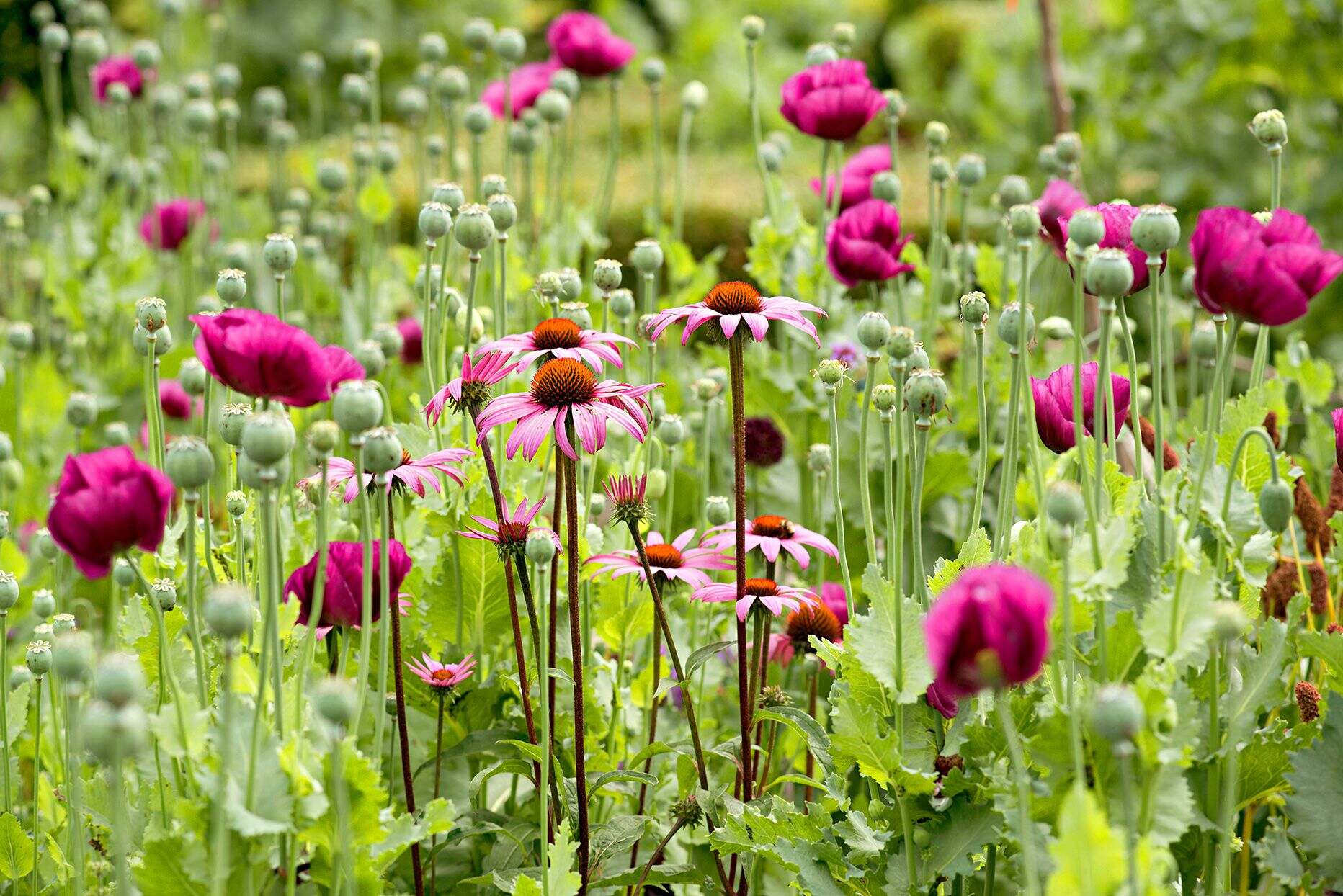
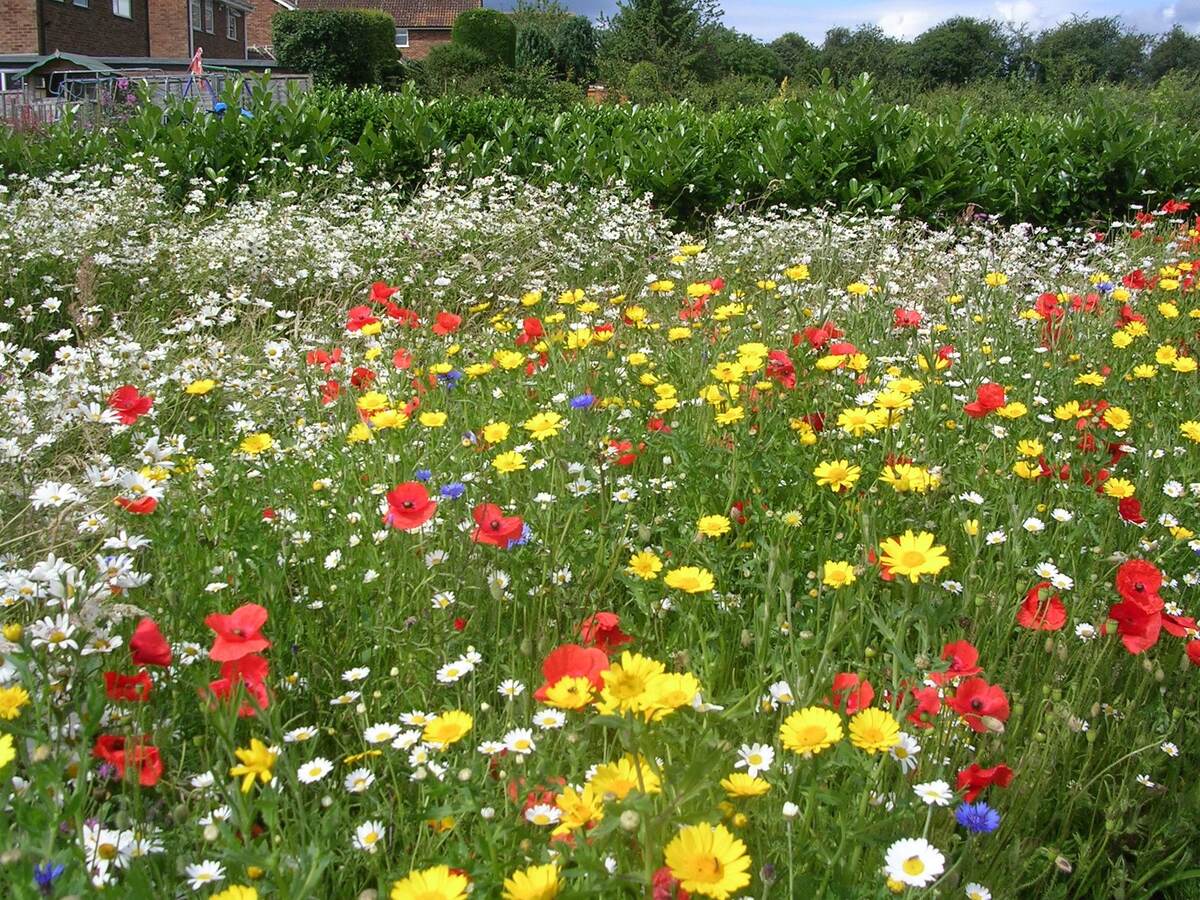
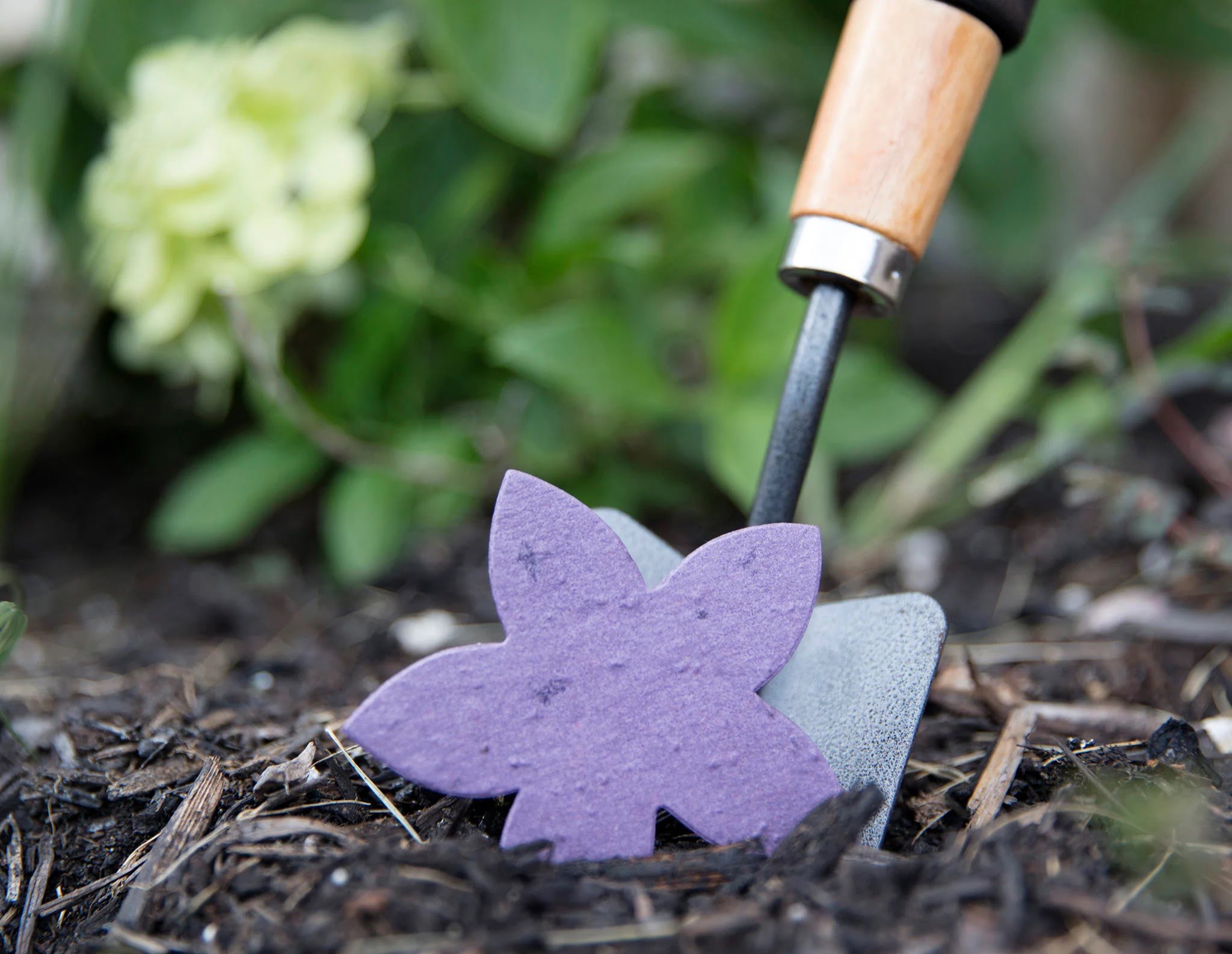
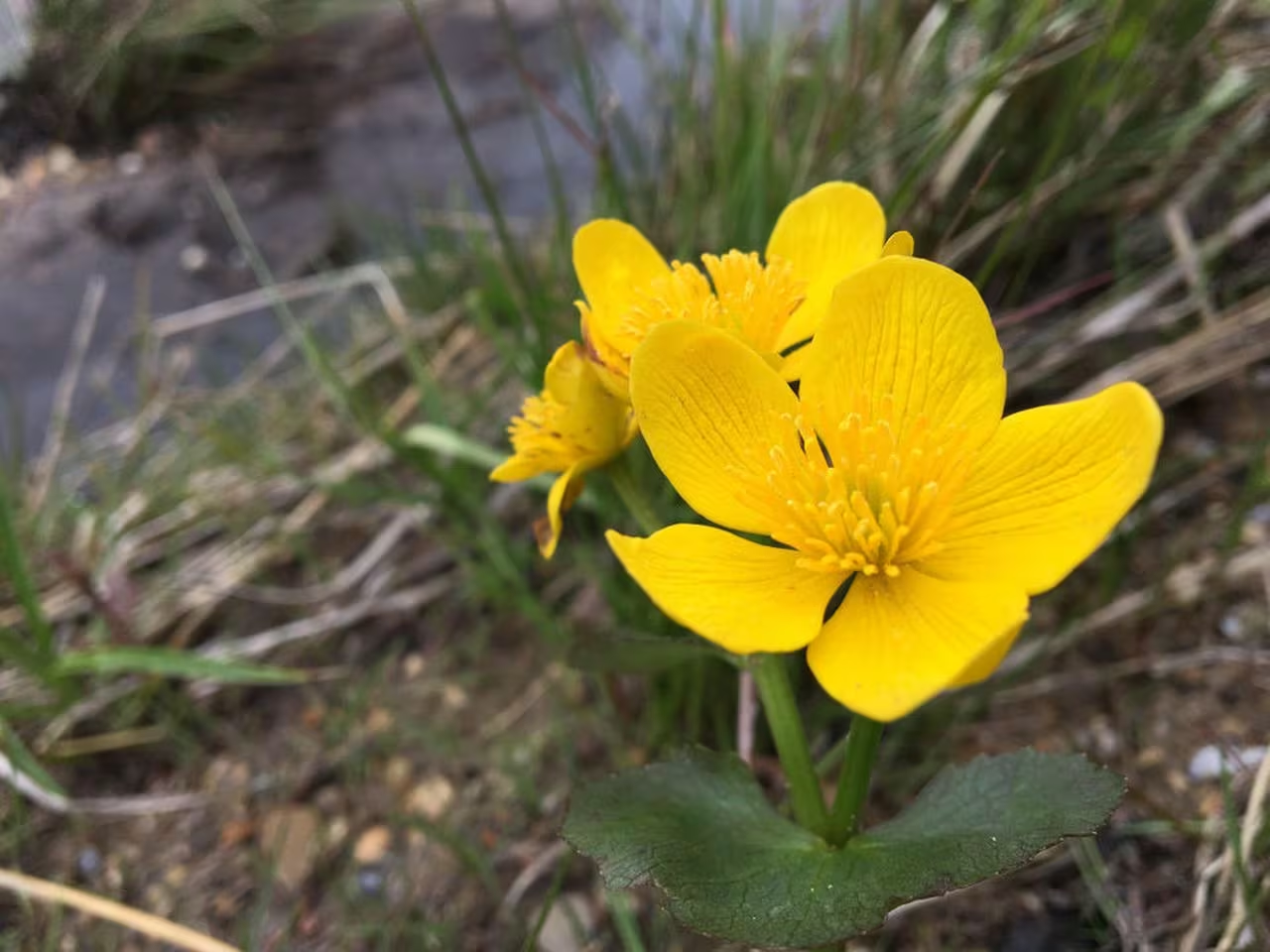
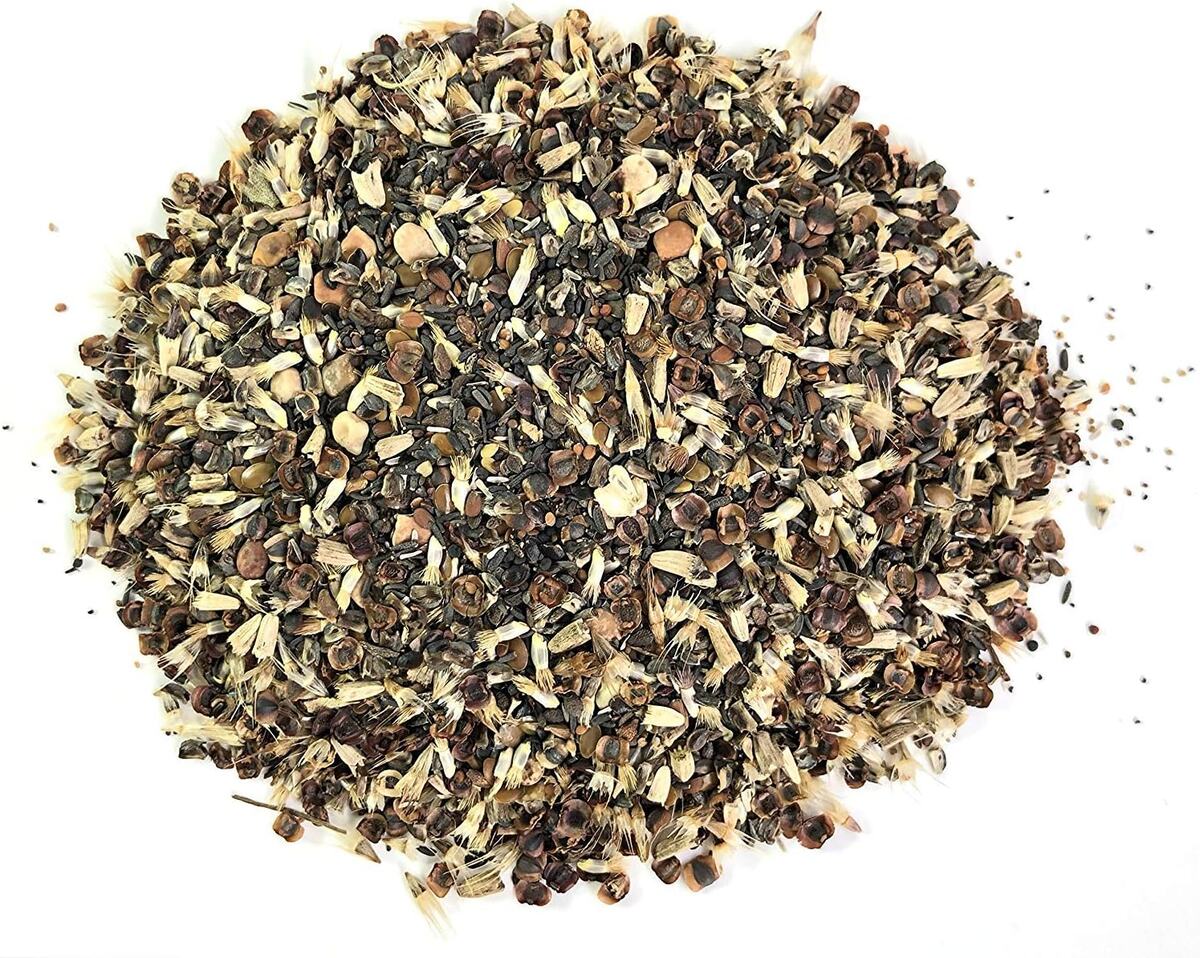
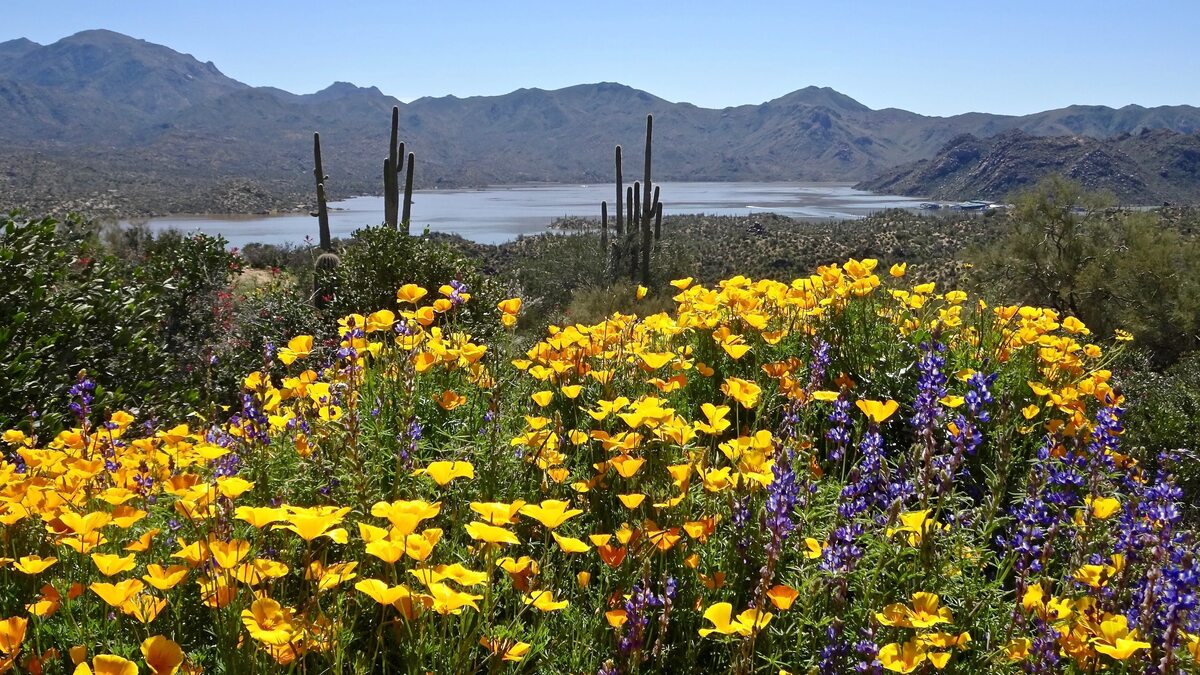
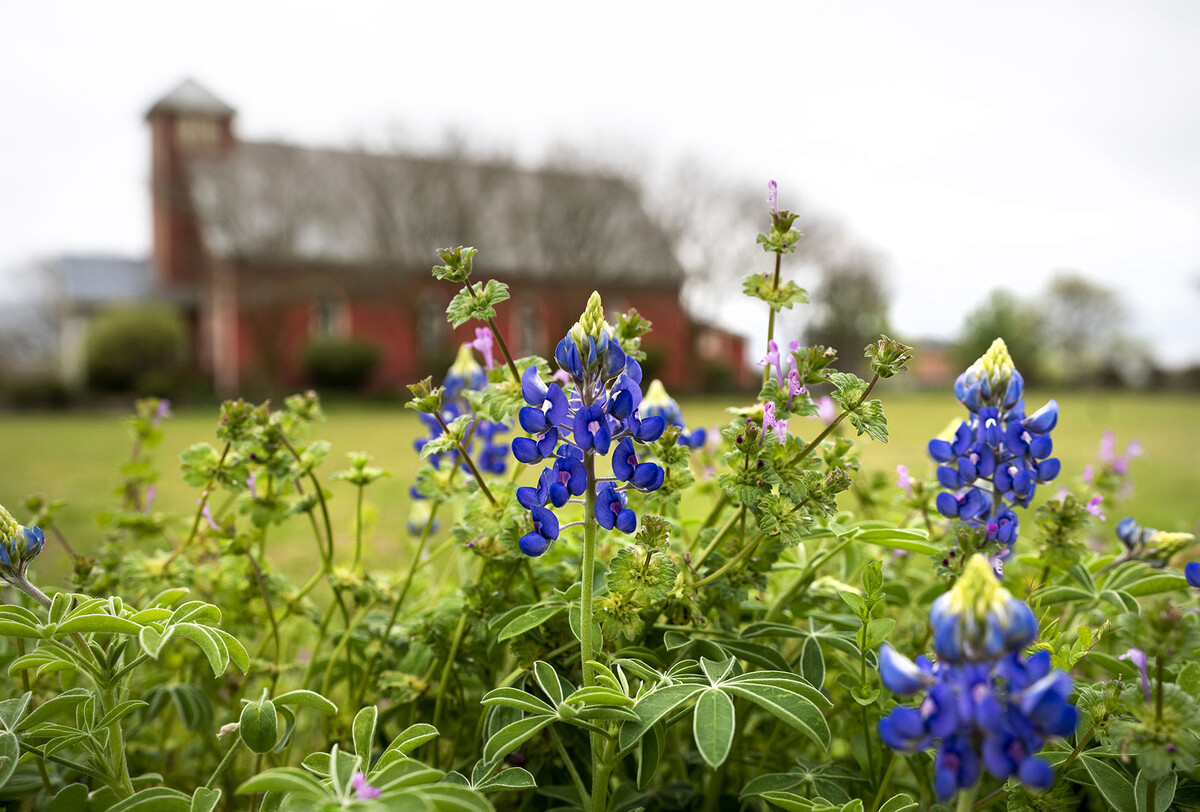
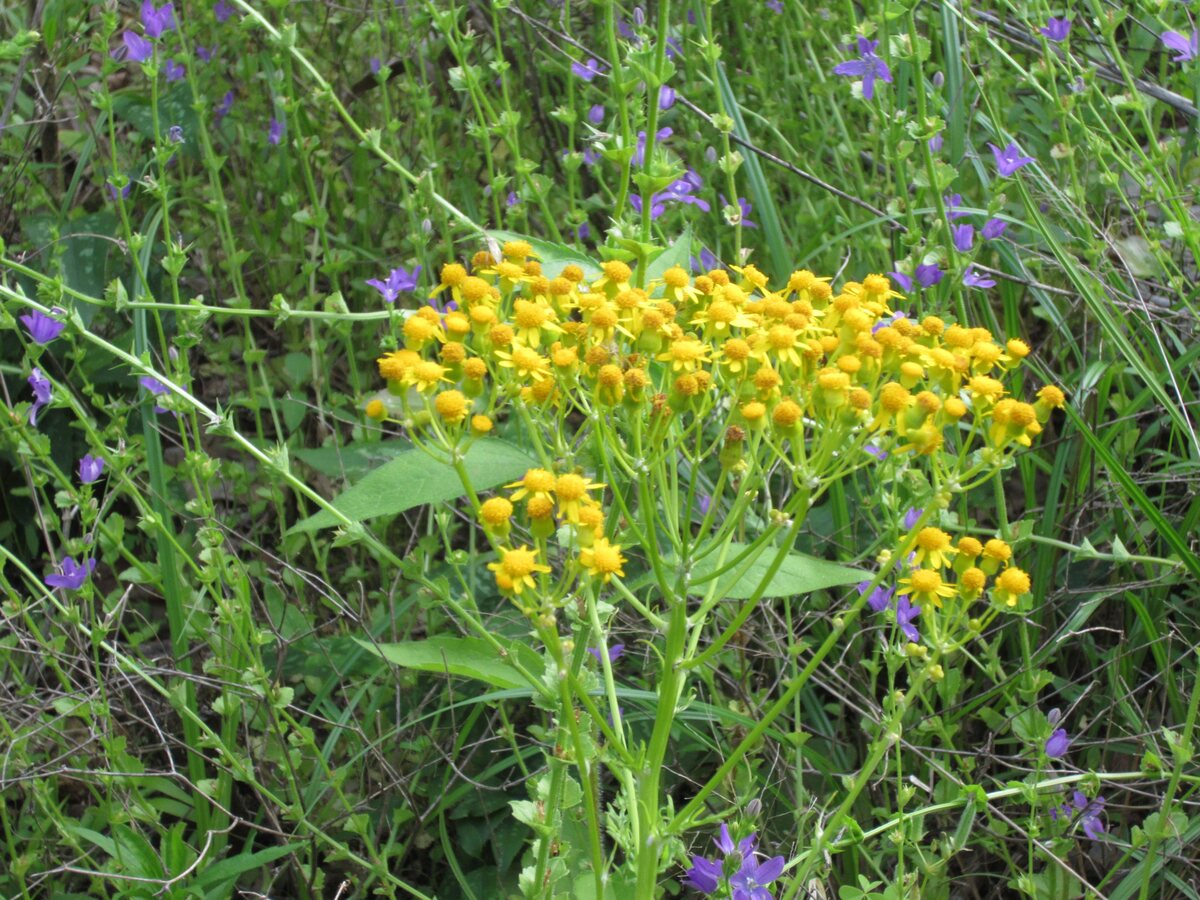
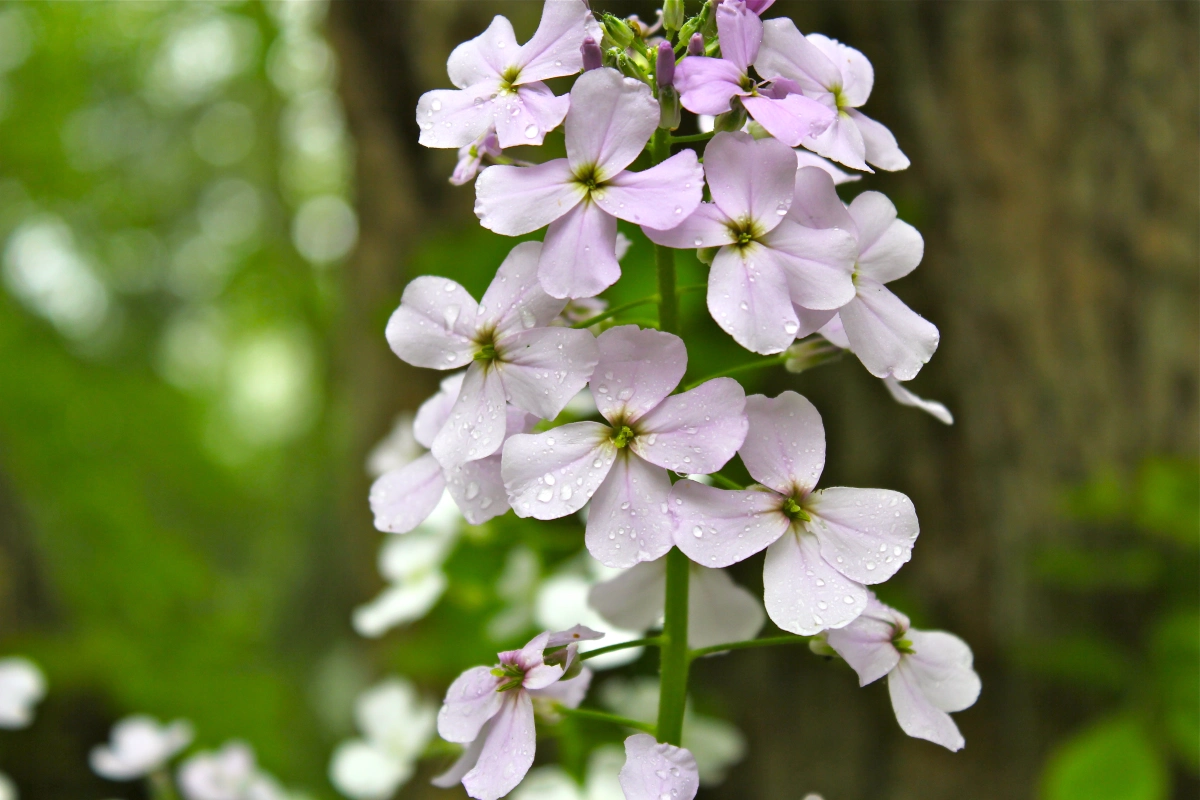
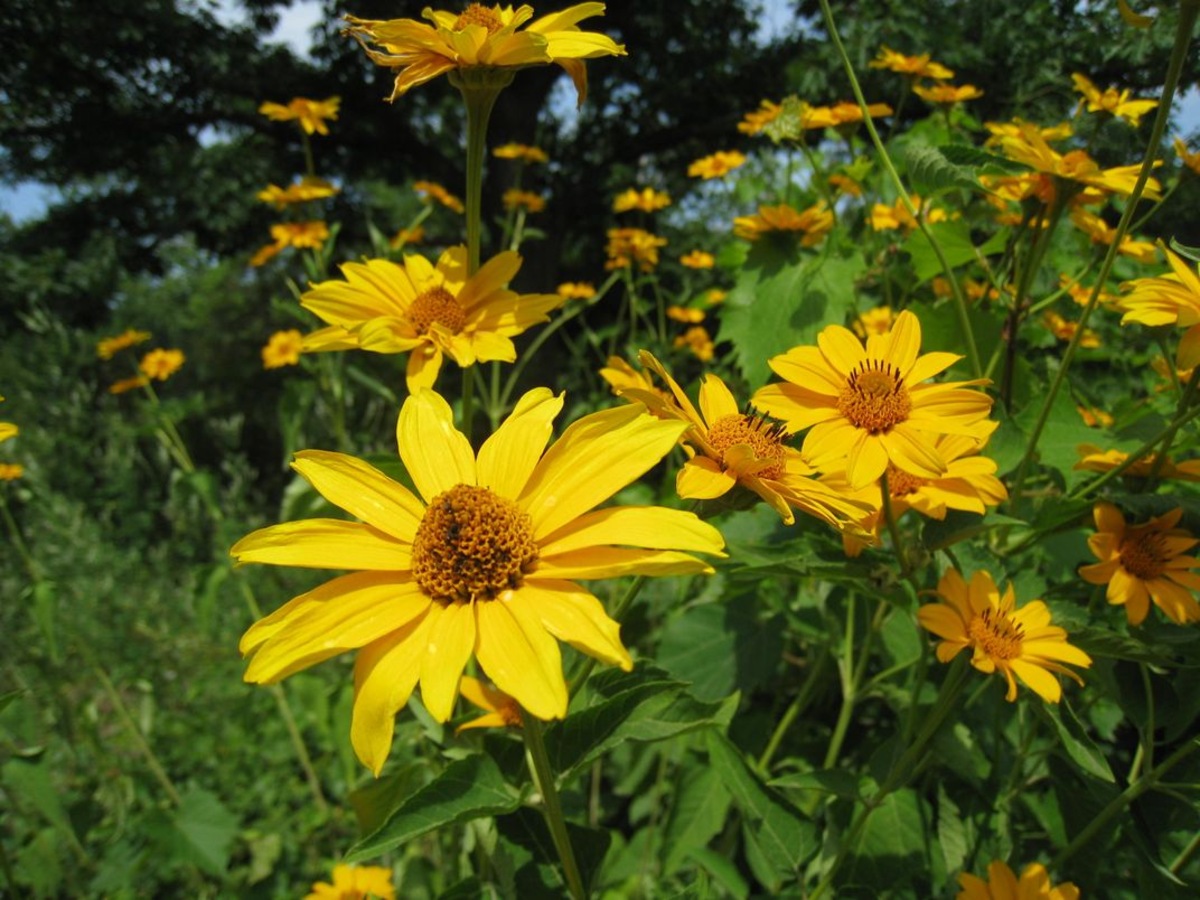
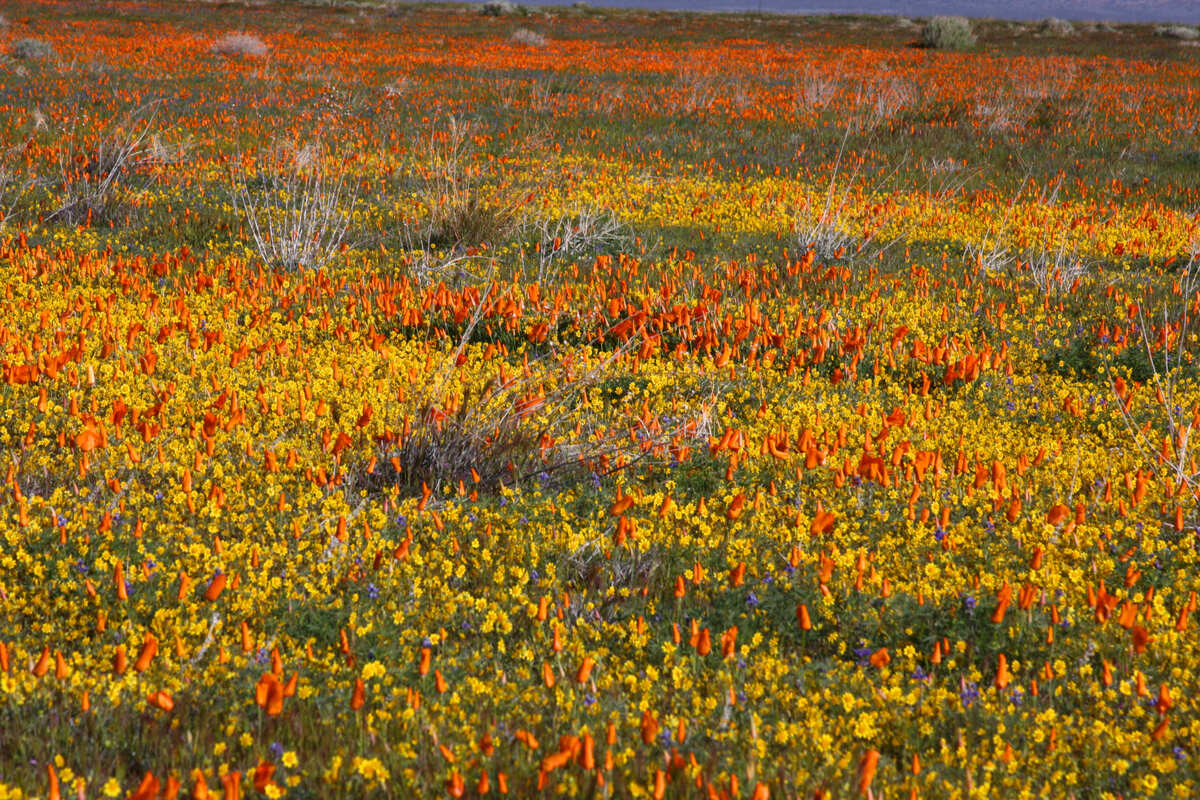
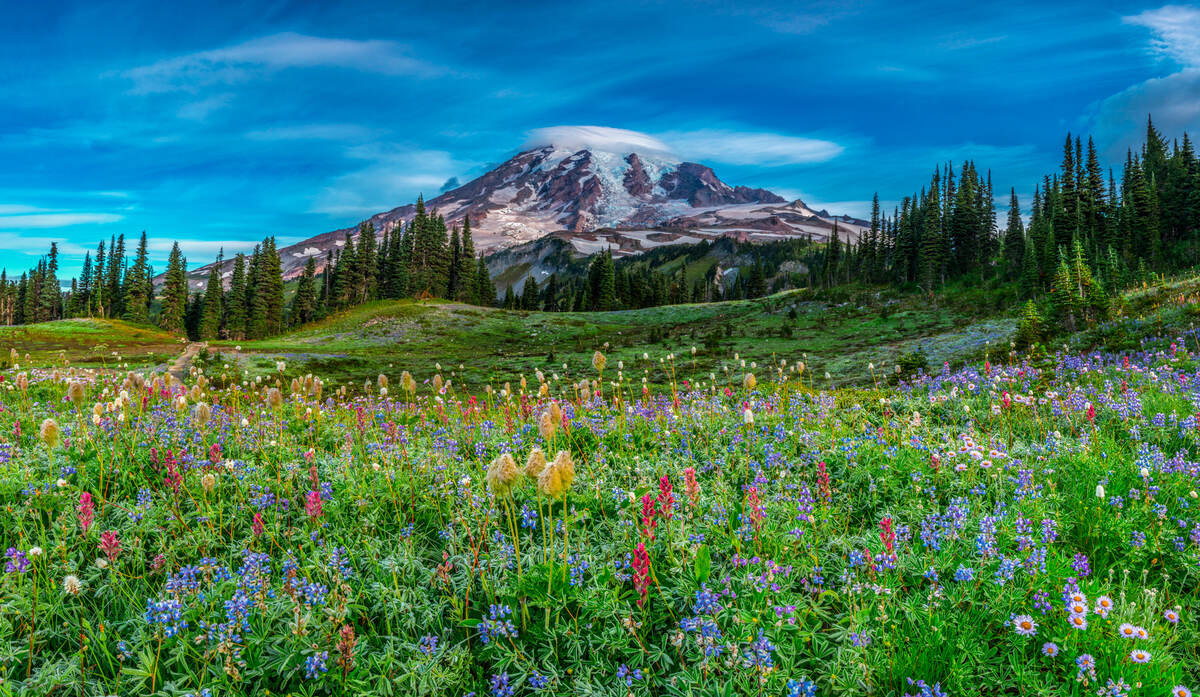
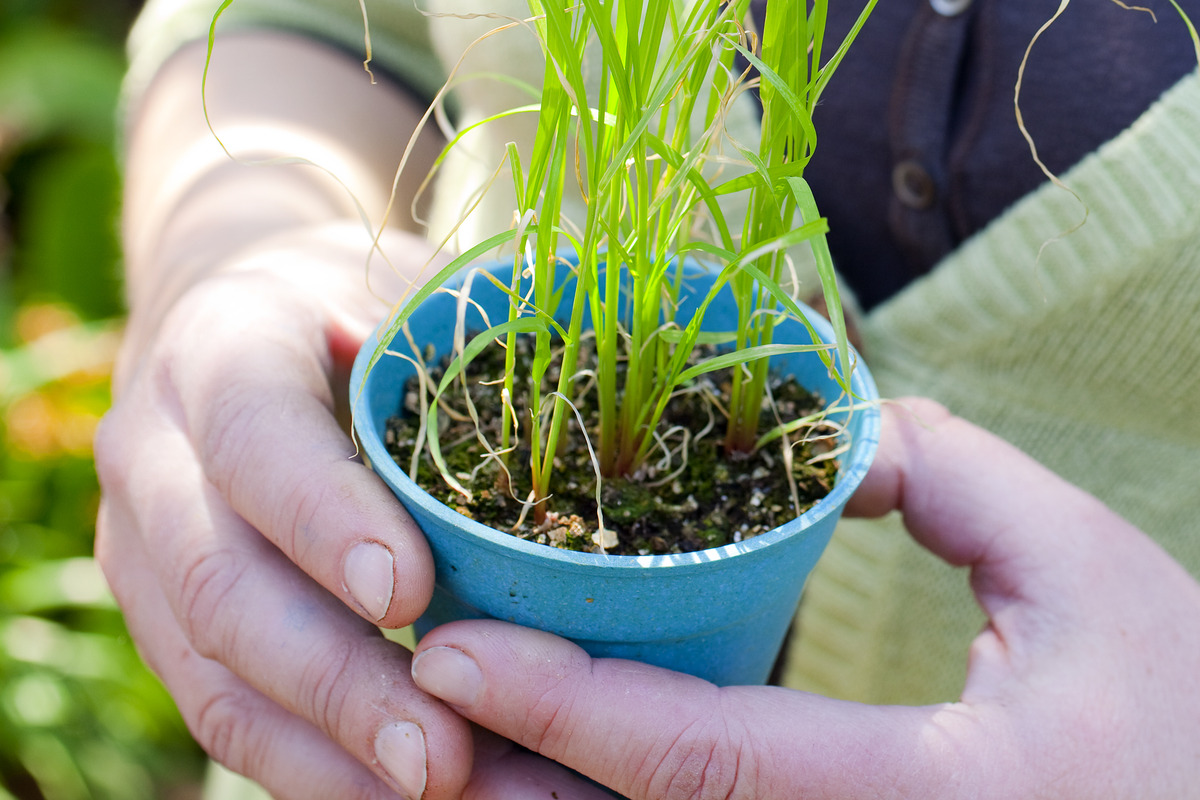
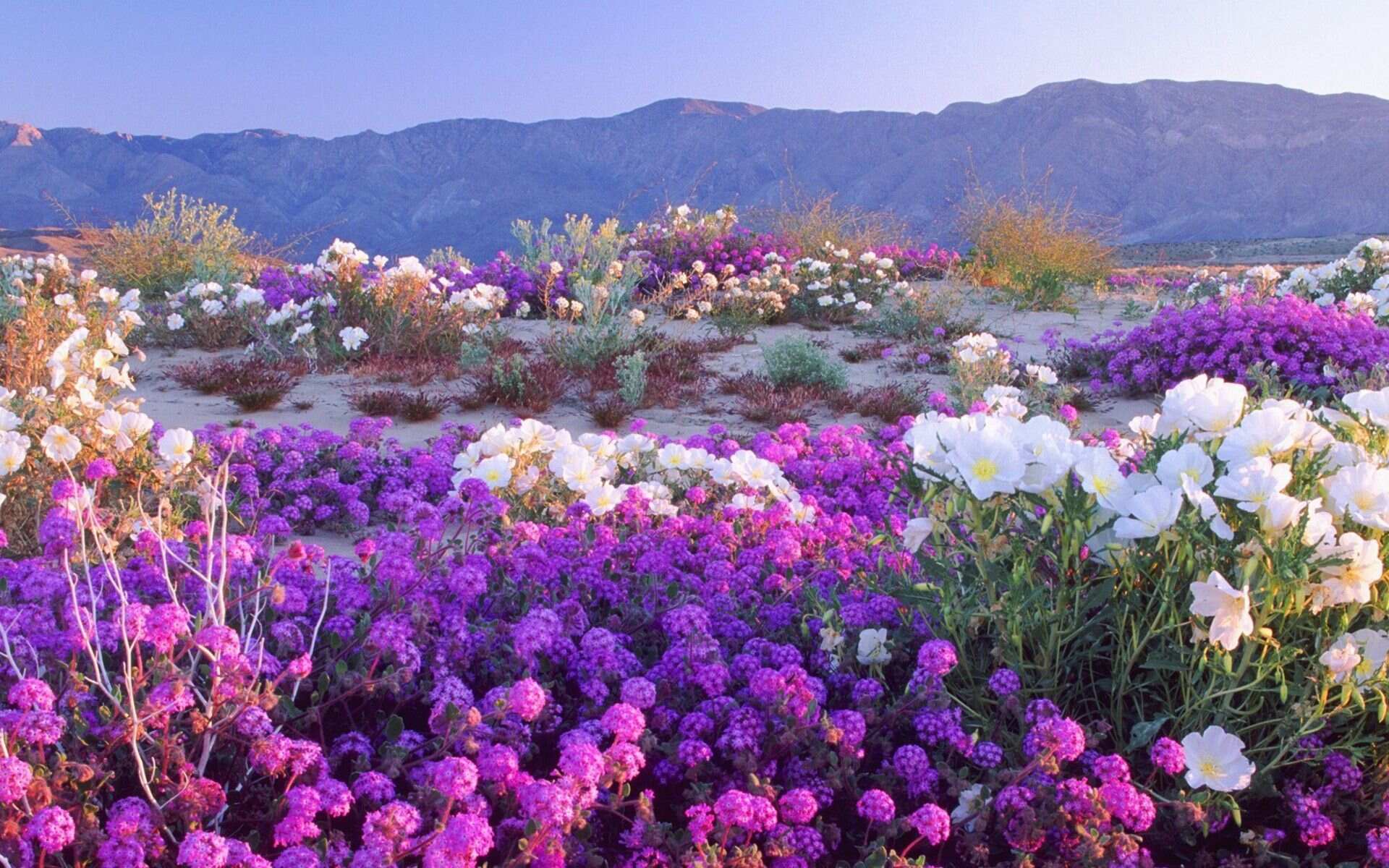

0 thoughts on “When To Plant Wildflower Seeds In Indiana”